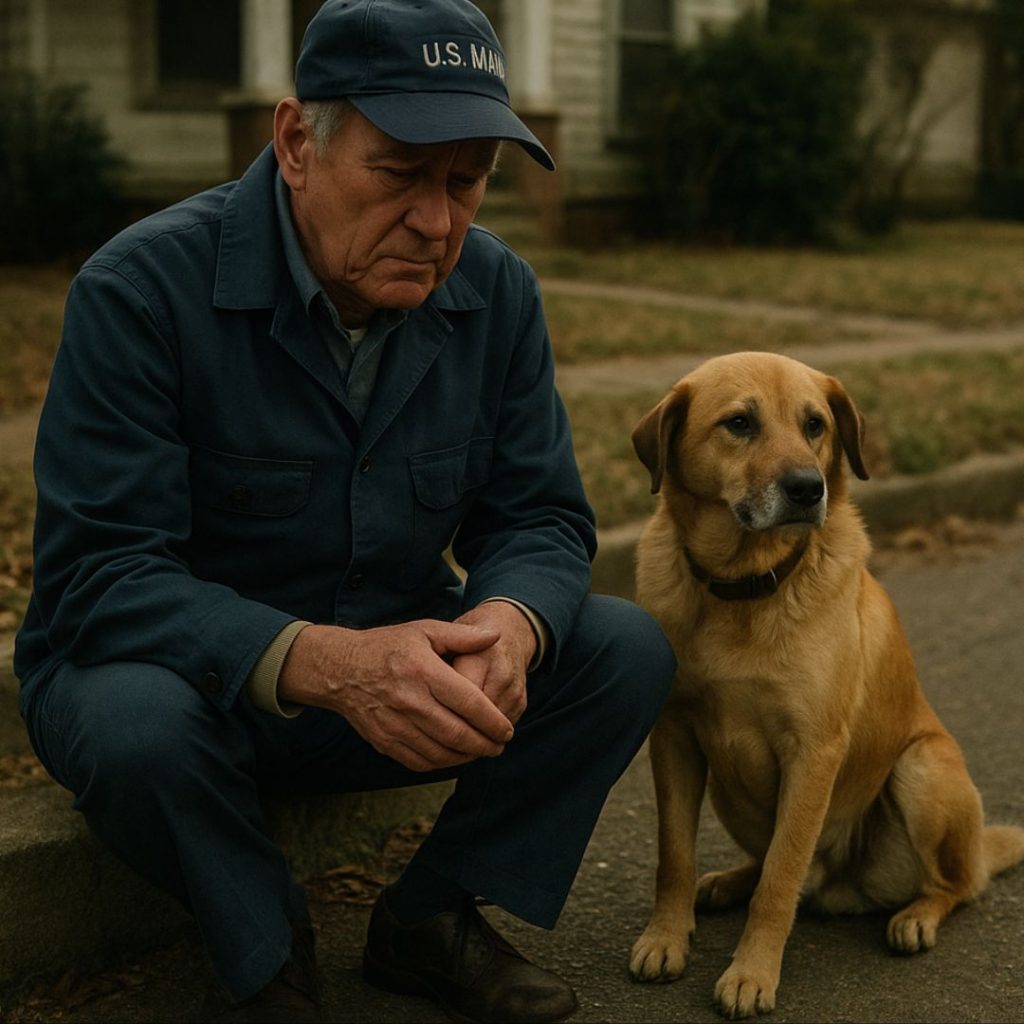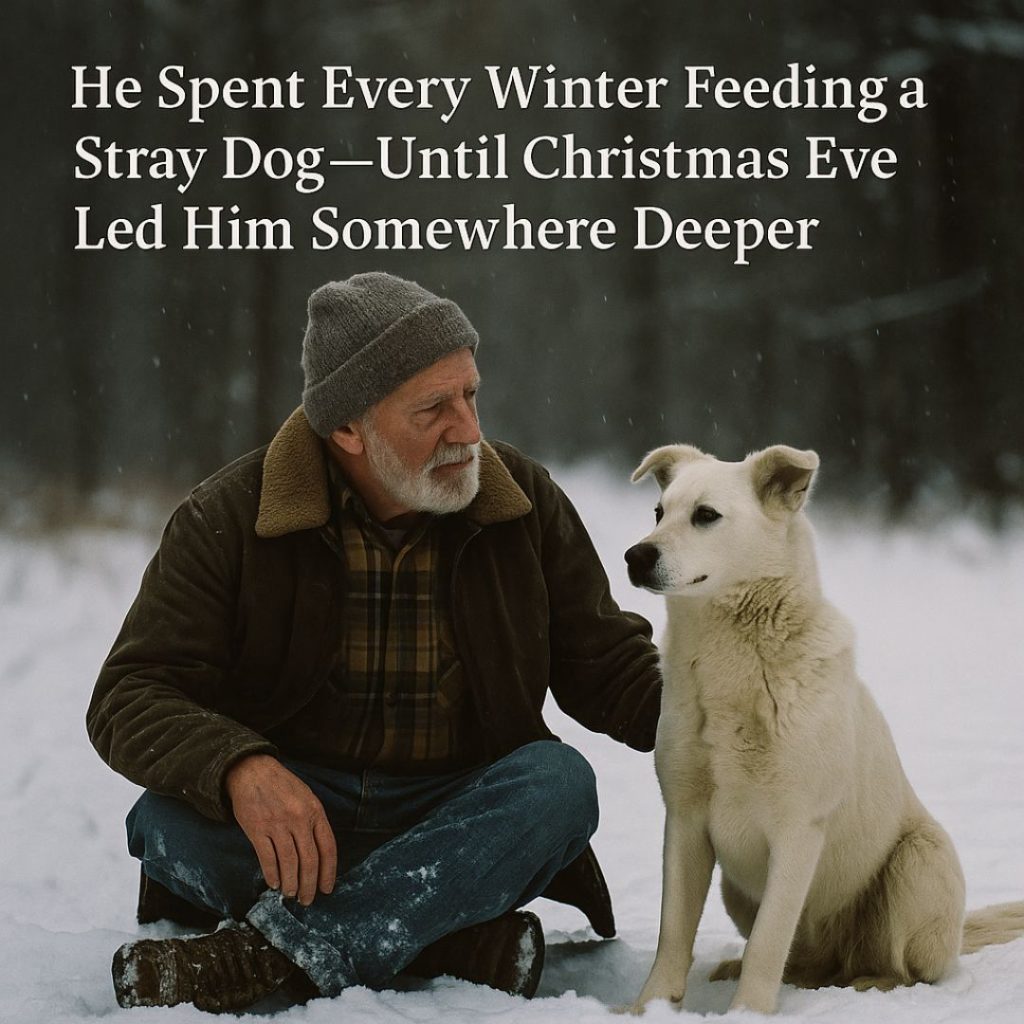Part 7: Where the Sand Still Whispers
The letter came two weeks later.
It was hand-addressed in fine black ink, the kind that looked like it belonged to an old poet or a priest. Airmail from Kuwait City.
Inside was a single page. Cream-colored. Typed.
Dear Mr. Morrison,
My name is Farah Al-Sabah. I am the granddaughter of Dr. Munir Al-Sabah, the physician who oversaw the field clinic on the border of Safwan during the final weeks of Operation Desert Storm. My grandfather recently passed, and among his belongings we found a photograph, an old flower made of tin, and a clipping from a sketchbook with a penciled inscription that read: “He smiled once before the end.”
I believe you have the rest of that sketchbook.
If you ever find yourself in Kuwait, I would like to show you something my grandfather left behind. He often said there are wounds the earth remembers, even when men do not.
Sincerely,
Farah Al-Sabah
Eli read it twice, then a third time.
And just like that, the story wasn’t finished.
It had traveled from a dusty carport in Arizona to the snows of Berlin, the tracks of Detroit, and the gravel yards of El Paso.
Now, it was returning to the edge of the war itself.
—
Three weeks later, Eli stepped off a plane into the blinding sun of Kuwait International Airport.
The air was dry, the kind that made your lips crack and your eyes sting. The city was a mix of new glass towers and sand-colored homes—history and present colliding under an indifferent sky.
Farah met him at the arrivals gate.
She was in her thirties, hair wrapped in a deep green hijab, her presence calm but certain, like someone who understood that grief needed space to breathe.
“You came,” she said.
“I had to,” Eli replied. “There’s more to this story than I understood.”
Farah smiled softly. “There always is.”
—
They drove out of the city in a silver pickup, heading west toward the borderlands—toward the flat, unforgiving plain that had once held the smoke trails of missiles and the silent bones of convoys turned to ash.
As the city faded behind them, the desert began. Endless tan. A vastness that pressed into the lungs.
“This is where Camp Thunder used to be,” Farah said, pointing toward a field dotted with twisted metal and sun-worn concrete.
Nothing marked it. No plaque. No flag. Just wind.
They stopped at a small brick structure—half-collapsed, its roof caved in. Farah led him around the back to a shaded recess in the wall.
She reached into a crevice and pulled out a thin leather-bound folder, wrapped in plastic.
“My grandfather hid this here before he left. He said the story should stay where it happened. But he wanted someone to find it eventually.”
She handed it to Eli.
Inside were two sketches.
Not Jason’s.
These were Azzam’s.
Drawn with charcoal and scraps of burnt wood.
The first showed a camel with one leg missing. But the animal stood tall, with a boy beneath it, holding it up with both hands.
The second was of a man sitting cross-legged, drawing in a book. The boy watched him, smiling.
Beneath the sketch, in Arabic, was scrawled:
“He draws the world like it could be kind.”
Eli stared at the page until the desert blurred.
“These are… his,” he whispered.
Farah nodded. “My grandfather tried to save him. They had brought the boy to the clinic, but there wasn’t much that could be done. He drew these in the waiting room. Gave them to my grandfather before he lost consciousness.”
Eli held the sketches as if they might vanish.
“He wanted to be remembered,” Farah said. “Even in silence.”
—
They buried the tin flower that evening.
Farah led Eli to a rise where the sun bowed low to the horizon. She knelt and pressed the flower—Haider’s flower, Azzam’s flower—into the dirt beside a solitary acacia tree.
Eli knelt beside her and placed the photo Basim had sent—the one of Azzam smiling, faint but real.
Then he took out Jason’s final sketch, laminated now, and slid it gently into the earth.
“I think it’s finally time to leave it with him,” Eli said.
They stood together as the wind rose.
And for a moment, it felt like the sand was whispering the boy’s name.
—
That night, back in the city, Eli sat on the rooftop of his small hotel with his sketchpad in his lap and the desert still in his skin.
He didn’t draw Azzam this time.
He drew the tree.
A lone acacia in an endless sea of dust, with a single flower blooming at its roots and a book resting beside it.
And above the tree, scribbled in the sky like a whisper:
“He draws the world like it could be kind.”
—
When Eli returned to the States, the second edition of The Camel Sketchbook had already gone to print. The final chapters were expanded to include the journey to Kuwait, the burial, and the newly discovered sketches.
At the back of the book, a final section was added:
“The Boy’s Hand: Two Charcoal Drawings by Azzam, April 1991”
The caption read:
Found decades after his passing, these sketches reveal a child who, despite losing everything, still believed in the power of kindness and art. His drawings, made in a war zone, remind us that even in the darkest places, there are hands still reaching out—not to beg, but to create.
The response was overwhelming.
Veterans wrote letters. Artists wept. Teachers read the book aloud to classrooms.
And slowly, page by page, a boy buried in the sand began to live again.


